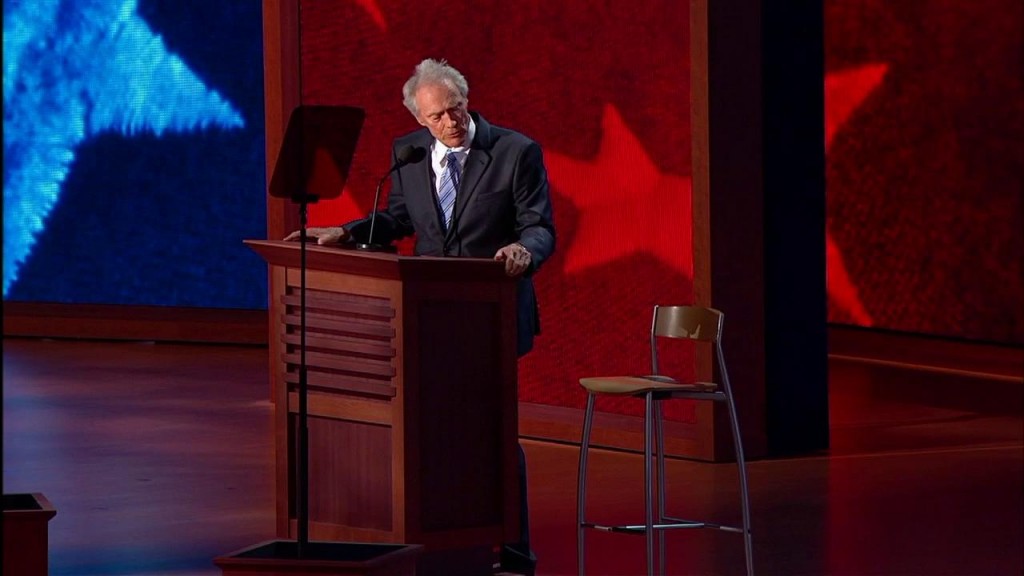Richard Wolf explains in the USA Today why the Supreme Court energizes Republicans far more than Democrats, with quotes from me, Carrie Severino, and Ian Millhiser.
In recent years and during the current presidential primary campaigns, Republicans and conservatives act as if they have the most at stake, while Democrats and liberals appear more sanguine — even though the court remains largely conservative. …
“Kennedy was a compromise vote that has haunted the Republican Party for 30 years,” says Josh Blackman, a constitutional law professor at South Texas College of Law.
Richard also builds on a point that Randy Barnett and I made in the Weekly Standard–that if the President and Senate are not controlled by the same party, there is the distinct possibility that a seat may remain vacant.
Many experts foresee three scenarios for the next Supreme Court nomination battle: Either a Senate controlled by the president’s party confirms the nominee by doing away with rules allowing the minority to filibuster, or a Senate ruled by the opposition forces the president to name a moderate or blocks any appointment until the next election. That last scenario could leave the court with only eight members for a protracted period.
“It’s very likely that that seat just stays vacant until there’s unified control” of the White House and Senate, says Ian Millhiser, senior fellow at the liberal Center for American Progress Action Fund. Blackman, a conservative, agrees. “We should be prepared to consider leaving a seat vacant,” he says.
I am working on a longer piece on the empty-seat, or what I’ve started to call on the stump the “Clint Eastwood Option.”
